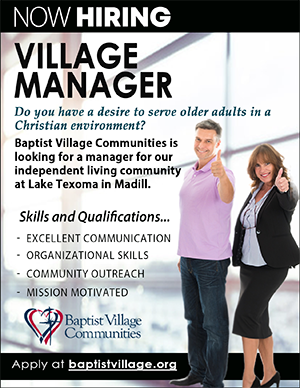A new LifeWay Research poll suggests that churches in America are going high tech when it comes to using communications tools. To be specific, the poll found that “Seven in 10 Protestant churches (68 percent) provide Wi-Fi for both guests and staff… Most also have a (church) website (84 percent) and a Facebook page (84 percent).”
Compare that to “a 2010 LifeWay Research study (that) found less than half (47 percent) had Facebook pages.” Churches are increasingly using tools of technology to communicate with their congregations and with the community at large.
In discussing the trend, Scott McConnell, executive director of LifeWay Research, said, “Not long ago, churches’ use of technology was often limited to a website that functioned like the Yellow Pages or a bulletin board. Now they see technology as a way to interact with people.”
Having personally worked in the communications field, and specifically in ministry communications for years, I see this as a positive trend. In fact, the Baptist Messenger has aggressively enhanced its weekly print edition with a digital product line that includes our breaking-news website (www.BaptistMessenger.com), the digital Messenger, a blog site (www.WordSlingersOK.com), a podcast program, the “Messenger Go” App and more.
This high-tech move, then, shows that Christians are trying to harness tools of technology and not just hate them. When Facebook first emerged, many churches were afraid to jump into the social media network. Yet many have seen that Facebook holds tremendous potential for connecting with people and connecting people with information, including the Gospel.
At the same time, we recognize this high-tech trend needs a note of caution. As professor and scholar Christian George once said, “Christ came as a person, not a pixel.” The incarnation of Jesus Christ, as well as the very creation of Adam and Eve, reminds us that life is to be lived incarnated, as a real-living human being. That means, as churches get more high tech, they must remember to be “high touch” with in-person interaction.
C.S. Lewis once said that for every new book he read, he would read more than one old book. His intent was to connect himself with the conversations that have been going on a long time, and to avoid getting consumed by the latest trends and conversations.
A good rule of thumb for churches and communications is that, while we can and should utilize the Internet and social media to speak to and with people, we ought to use time-honored techniques, as well. We must also communicate in a personal way.
If the 2016 U.S. elections showed us anything, it is that when hot topics like politics come up, social media sets us up for argument, division and misunderstanding. We should recognize the important topics of faith and religion should be no different.
Communications expert Chris Forbes says that social media is like a one-ton bridge. If we try to carry the five-ton message of the Gospel over in one trip, the bridge breaks. We must learn to manage our expectations of what will happen when we share the Gospel online and patiently and consistently share.
We also need to exhibit the character of Christ while online. The reactions we have online, which sadly include bickering, anger and fighting, reveal something about our character. Take time to look back over your 2017 posts to see if you need to make some changes this year.
Above all, as people seem to say, “Gimme that high-tech religion” over that old-time religion, as one publication observed, we must stay true to Christ and the eternal Truth of the Bible. In doing so, we will be sharing a faith and religion that’s good enough for Thee, O God.






